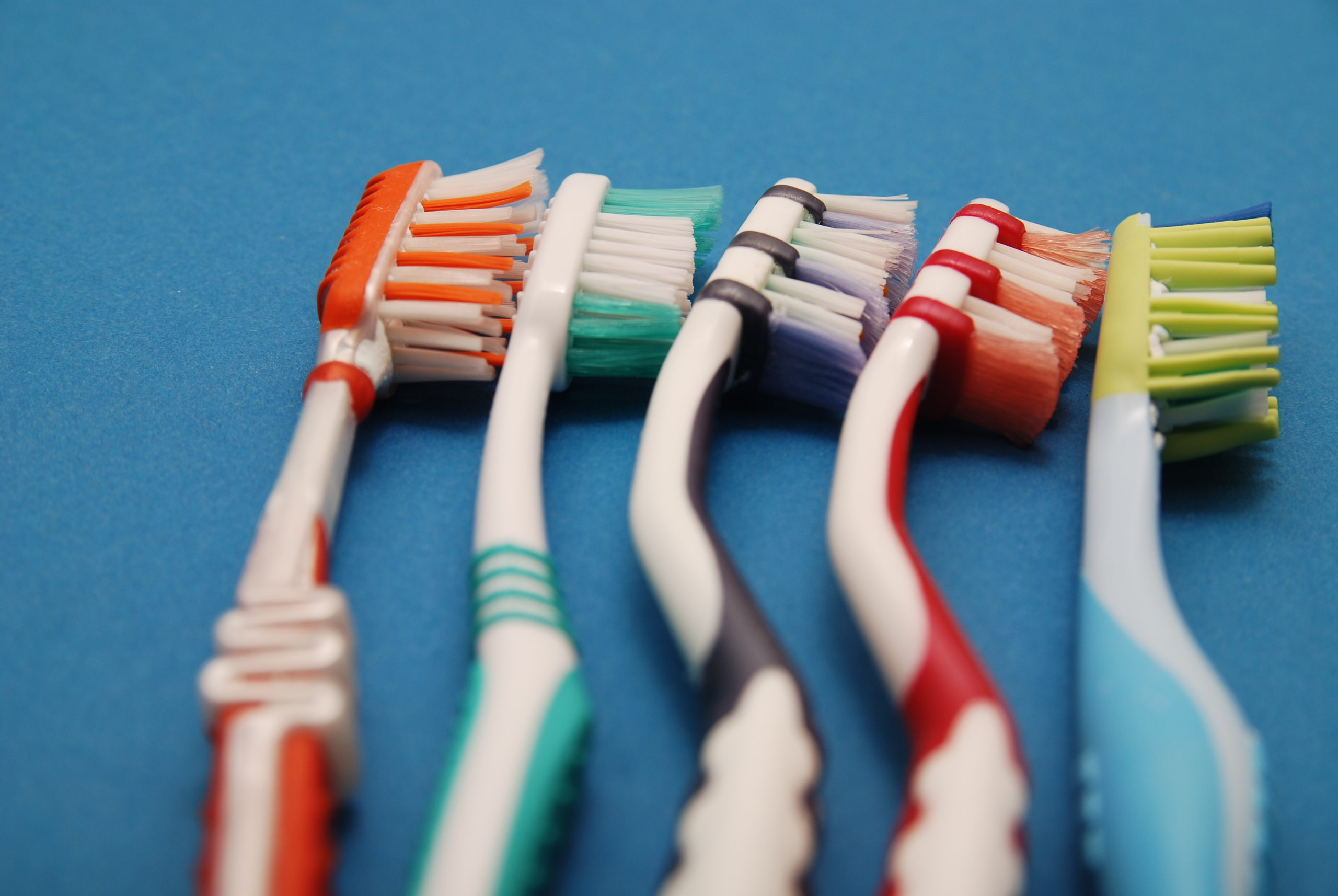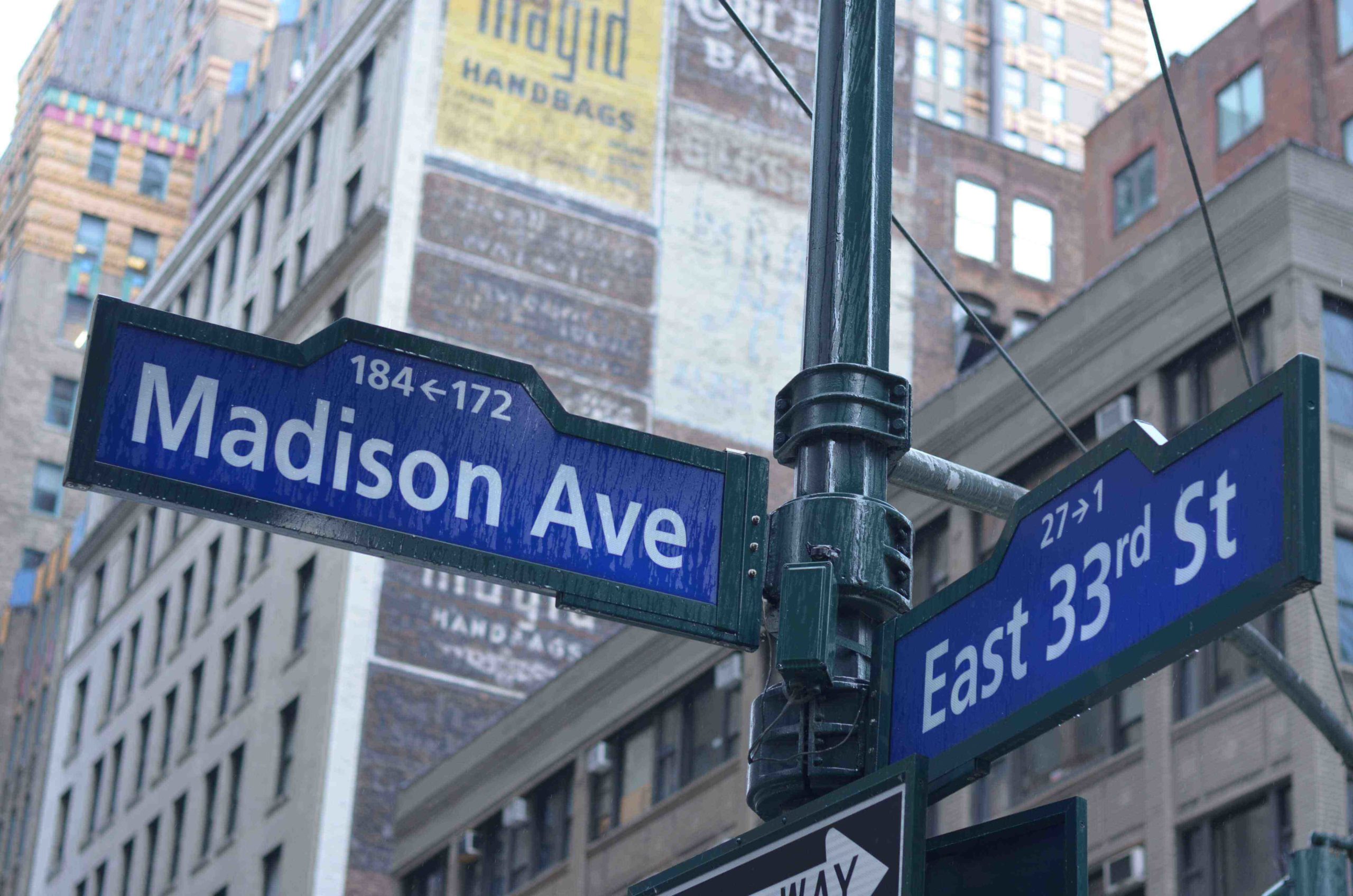
- When Do You Need A New Toothbrush?
- The Ideal Brushing Technique
- Proper Storage And Cleaning Of Your Toothbrush
- 172 NYC Dental
You are a good person. You held the elevator for your neighbor. You sent flowers to your mom on Mother’s Day. You even brush your teeth twice a day. Your toothbrush has been with you for over a year. Your parents gave it to you last Thanksgiving when you visited, and now you are back again with the same brush. It feels so comfortable. However, you have noticed some plaque and tartar building up on your lower front teeth. Hmmm, is it time to change your brush?
What Determines A Need For A New Brush?
1. The American Dental Association has stated that a toothbrush should be changed every 3-4 months. This is typically not a big deal as handheld toothbrushes are very inexpensive.
2. Not everyone’s the same. Some people brush 1x daily, some 2x and others 3x a day. Some brush gently, some brush hard. Some brush for 30 seconds others brush for two minutes. Some use a soft toothpaste others use a more abrasive one.
3. Bristle condition is the determining factor in when to change your brush.
4. If bristles curl at the edges, you need a new brush.
5. If bristles flair out or are lost, you need a new toothbrush.
6. If you were sick, even with a cold, it is best to change your toothbrush.
Ideal Brushing Technique
1. Brush 2x daily for a period of two minutes.
2. Use a small, soft bristle brush.
3. We favor electric toothbrushes over handheld for a few reasons:
- They are 8x more effective in removing plaque.
- They are 10x more gentle.
- It can be hard to brush for two minutes by hand.
- Electric toothbrushes beep every 30 seconds and shut off after two minutes.
- Electric toothbrushes alert you if you are pushing too hard.
- The biggest drawback of electric toothbrushes is that they are most costly compared to handheld brushes.
4. Hold bristles at 45-degree angle to the tooth. Up in the upper jaw and down in the lower jaw. Make small gentle circles, make sure to brush the front, back, and top.
5. Brush each quadrant for 30 seconds making a total of two minutes.
6. Advantages of handheld brushes:
- Inexpensive
- Quiet
- Easy to travel
7. We like non-abrasive fluoride kinds of toothpaste (i.e. Sensodyne).
8. We prefer free alcohol-free fluoride rinses.
Proper Storage And Cleaning Of Toothbrush
1. You must rinse your brush thoroughly after use. We do not want bacteria to accumulate.
2. Do not share your brush with someone else. Always use separate brushes.
3. Air dry your toothbrush after each use.
4. Make sure the brush’s bristles are facing up.
172 NYC Dental
At 172NYC Dental, prevention is a cornerstone of our dental philosophy. Coming to see us twice a year for regular cleanings and checkups is part of the foundation that we will build together to ensure your oral health. We will go over brushing, flossing and diets (low in sugar).. We will treat any pathology that exists in your mouth. We will address any cosmetic concerns that you may have. We will advise you on the best products for your gums and teeth. Don’t delay, call today.








